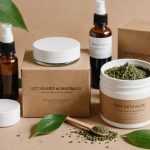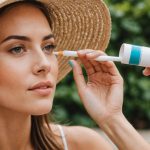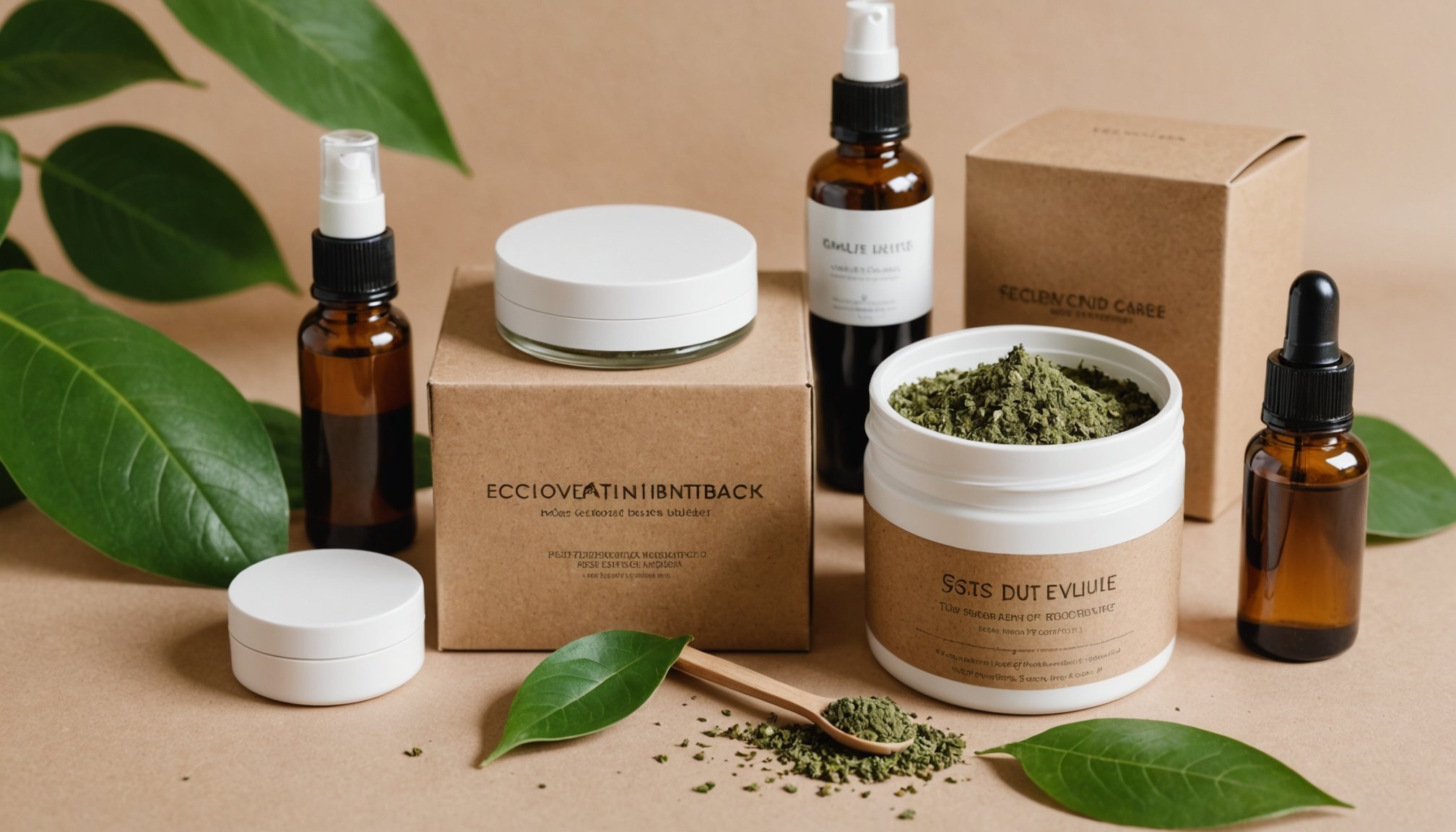Overview of Eco-friendly Skincare Packaging
Eco-friendly packaging in skincare is becoming a major focus for both brands and consumers. It refers to packaging solutions designed to minimise environmental impact and includes options that are recyclable, biodegradable, or made from sustainable resources. The significance of eco-friendly packaging lies in its potential to drastically reduce waste, conserve natural resources, and decrease pollution associated with beauty products.
Current trends in sustainable skincare options highlight a significant shift as brands innovate with minimalistic designs and materials. These trends include using environmentally friendly cosmetics options like reusable, refillable containers and plant-based plastics. Brands are aligning with consumer demand for greener choices by adopting sustainable practices that resonate with the eco-conscious market.
Also to read : Revitalize oily skin: craft your own diy face mask using everyday kitchen staples!
The benefits of adopting eco-friendly packaging are manifold. For brands, it enhances brand reputation by demonstrating a commitment to sustainability, which can lead to increased consumer loyalty and trust. For consumers, it provides an opportunity to make a positive environmental impact by supporting companies that prioritise sustainability. Ultimately, eco-friendly packaging is reshaping the skincare industry by increasing consumer awareness and encouraging responsible consumption.
Types of Eco-friendly Packaging Materials
Environmental considerations increasingly influence consumer choices, and eco-friendly packaging plays a pivotal role. Among the materials making a mark, biodegradable materials are gaining prominence, offering an environmentally benign alternative to traditional plastics. Common examples include materials made from cornstarch, sugarcane bagasse, and bamboo. These replacements break down naturally, significantly reducing waste and pollution.
Also to see : Mastering your meal plan: a comprehensive guide to balanced eating for successful weight management
Conversely, recyclable packaging remains a stalwart in sustainable skincare options. Recyclable materials such as cardboard, glass, and certain plastics (like PET) are widely utilized. Identifying these options involves looking for recycling symbols and understanding local recycling capabilities. Yet, the recycling process faces challenges, including contamination and variability in recycling capabilities across regions.
Innovative companies are exploring sustainable resources, adopting materials like glass and aluminum for their durability and minimal environmental impact. Additionally, plant-based plastics offer a novel approach, harnessing renewable resources to reduce dependence on fossil fuels. Emerging technologies are enabling the use of these materials, pushing the boundaries of eco-friendly packaging. Success stories, like brands switching to glass jars or refillable aluminum boxes, illustrate potential pathways for sustainable innovation in the beauty industry.
Sustainable Disposal Practices
As consumers become more eco-conscious, responsible disposal of skincare packaging is a pressing concern. Properly disposing of products not only minimises environmental impact but also promotes recycling efforts. With clear understanding, consumers can significantly enhance their commitment to sustainability.
Recycling skincare products requires knowledge of local schemes. Many cities offer recycling programs specifically for cosmetics packaging, making it easier for individuals to dispose of waste responsibly. Identifying these local resources involves checking community recycling centres or municipal guidelines to understand the types of materials they accept.
To ensure eco-friendly disposal, consumers should begin by cleaning packaging before recycling, as contamination can be a barrier to successful recycling. For hard-to-recycle items, schemes like TerraCycle offer alternatives by accepting non-recyclable waste and turning it into new products.
Consumers are encouraged to partake in community initiatives that focus on recycling education and sustainability events. These efforts improve accessibility to reliable recycling resources and bolster community engagement, fostering a collective movement towards reduced waste in beauty product packaging.
By taking small, actionable steps in their routines, individuals contribute to a larger goal of sustainable consumption, inspiring others and influencing industry standards in adopting and promoting responsible disposal practices.
Benefits of Eco-friendly Skincare Packaging
The benefits of eco-friendly skincare packaging are extensive, impacting both the environment and consumer dynamics. Traditional packaging significantly contributes to pollution, with plastics taking centuries to decompose. In contrast, eco-friendly packaging offers clear environmental benefits, such as reducing landfill waste and minimising carbon footprints through renewable materials and processes.
Brands adopting these practices reap substantial rewards. Enhanced brand reputation is a primary advantage, as commitment to sustainability inoculates brands with a socially responsible image. This often translates to increased consumer awareness and loyalty, as modern consumers increasingly favour companies prioritising ecological considerations. Studies indicate that a significant percentage of customers prefer brands with evident sustainable practices, reinforcing the business case for embracing eco-conscious solutions.
Statistics show that consumers are 73% more likely to purchase beauty products when they come in sustainable packaging, reflecting the shifting market preference towards green alternatives. Hence, businesses not only play a role in conserving the environment but also gain a competitive edge in the beauty industry. By aligning with consumer values, companies foster trust and advocacy, catalysing the broader adoption of sustainable practices.
Innovative Sustainable Resources
In today’s beauty industry, innovative sustainable resources are revolutionising how skincare packaging is being approached. Utilizing materials like glass, aluminum, and plant-based plastics, forward-thinking brands are setting new standards for sustainability. These materials not only enhance durability but also significantly minimise environmental impact by reducing reliance on non-renewable resources.
The use of glass and aluminum offers a sustainable solution due to their recyclability and longevity. Glass, being inert, does not degrade with repeated use, while aluminum is lightweight and endlessly recyclable. These attributes make them ideal for creating eco-friendly packaging that aligns with both brand aesthetics and sustainability goals.
Plant-based plastics present a novel avenue by leveraging renewable resources such as corn and sugarcane. This innovation allows brands to reduce their carbon footprint, offering a promising alternative to conventional petroleum-based plastics.
Emerging technologies are continuously pushing boundaries, with success stories highlighting companies that have successfully implemented these materials. For instance, some brands have embraced refillable container schemes, where consumers return empty jars made of glass or aluminum for refills, endorsing a circular economy. This not only conserves resources but also appeals to the eco-conscious market, paving a path for future sustainability in skincare.











